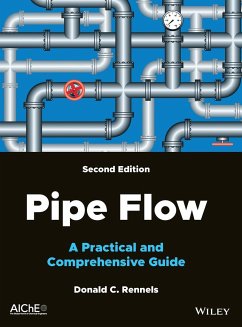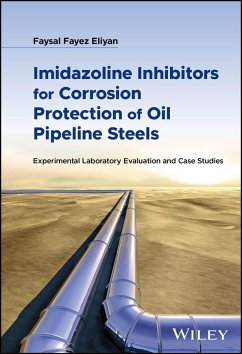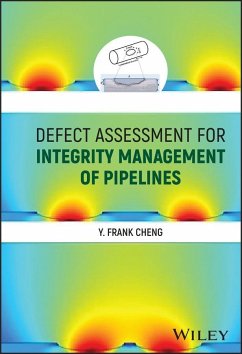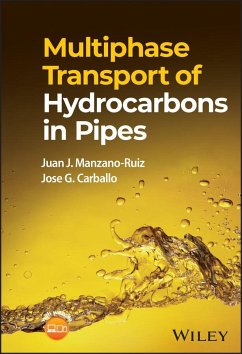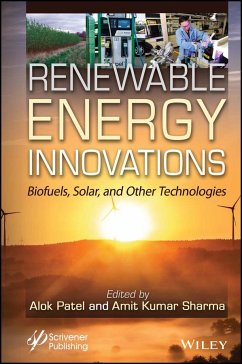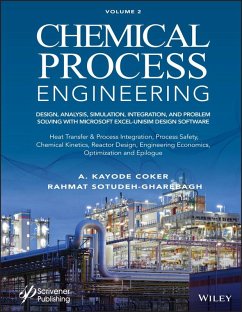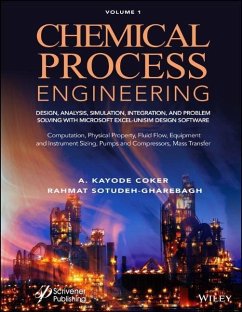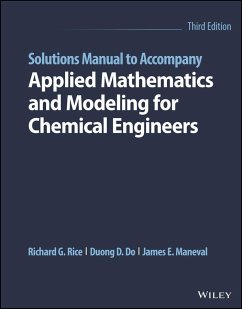Nicht lieferbar
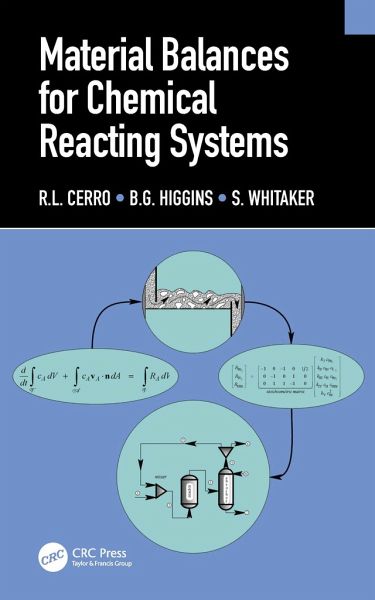
Material Balances for Chemical Reacting Systems
Versandkostenfrei!
Nicht lieferbar




This book offers a rigorous approach to solving macroscopic balance problems students will encounter as chemical engineers. Calculus and vector analysis are employed throughout. ODEs and linear algebra are introduced as needed.
R. L. Cerro is professor emeritus at the University of Alabama in Huntsville. He studied undergraduate chemical engineering at the Universidad del Litoral in Santa Fe, Argentina and completed MS and PhD degrees at the University of California, Davis. After two years post-doctoral work at the University of Minnesota, where he team-taught chemical engineering courses, he returned to the University of Litoral where he was a professor and later a fellow of the National Research Council of Argentina and a member of the National Academy of Engineering. He was a professor of chemical engineering at The University of Tulsa, OK and later chair of the Chemical and Materials Engineering Department at the University of Alabama in Huntsville. He had sabbatical leaves at the University of Minnesota, the Universidad de Salamanca in Spain, and the University of Litoral where he taught undergraduate and graduate courses. His area of research is transport phenomena and he was an industrial consultant for Allied-Signal (Catoosa, OK), Corning Research (Fontainebleu, France), and Koch-Glitsch (Wichita, KS). B. G. Higgins is professor emeritus at the University of California, Davis. He studied undergraduate chemical engineering at the University of the Witwatersrand, Johannesburg, South Africa, and completed his graduate studies at the University of Minnesota in chemical engineering. After three years at the Institute of Paper Chemistry in Appleton, WI, he joined the faculty at the University of California. He was chair of the department from 1988-1996. His principal area of research is the fluid mechanics and stability of thin film coating processes, and has consulted with US and Japanese companies on coating technology, as related to optical displays, printable electronics, and drying technology for thin films. He was also a software developer from 2009-2011 for Wolfram Alpha. From 2008-2018 Prof. Higgins was visiting professor at the University of Tokyo, and Tokyo University of Science. He is currently a visiting professor of chemical engineering at the Hanoi University of Mining and Geology. S. Whitaker is professor emeritus at the University of California, Davis. He studied undergraduate chemical engineering at the University of California, Berkeley and completed his graduate studies at the University of Delaware. After three years at the DuPont Experimental Station in Delaware, he joined the faculty at Northwestern University. Three years later he moved to the newly established Chemical Engineering Department at the University of California, Davis. His main area of research is multi-phase transport phenomena, and he is the author of four textbooks: Introduction of Fluid Mechanics (Prentice-Hall, 1968), Elementary Heat Transfer Analysis (Pergamon Press, 1976), Fundamental Principles of Heat Transfer (Pergamon Press, 1977), and The Method of Volume Averaging (Kluwer Academic Publishers, 1999).
Produktdetails
- Verlag: Taylor & Francis Ltd
- Seitenzahl: 413
- Erscheinungstermin: 5. Dezember 2022
- Englisch
- Abmessung: 162mm x 240mm x 27mm
- Gewicht: 840g
- ISBN-13: 9781032255293
- ISBN-10: 1032255293
- Artikelnr.: 64105036
Herstellerkennzeichnung
Libri GmbH
Europaallee 1
36244 Bad Hersfeld
gpsr@libri.de
Für dieses Produkt wurde noch keine Bewertung abgegeben. Wir würden uns sehr freuen, wenn du die erste Bewertung schreibst!
Eine Bewertung schreiben
Eine Bewertung schreiben
Andere Kunden interessierten sich für




